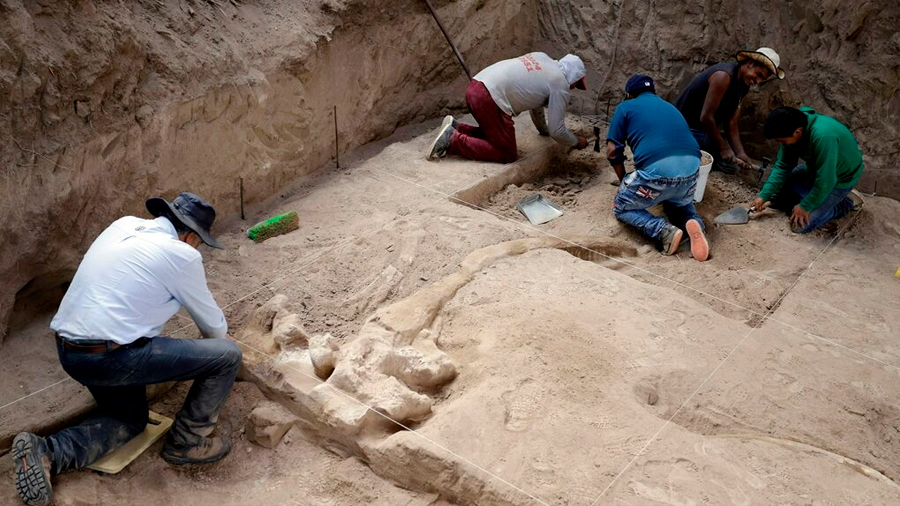
Many of these remains were then gathered by students of Sauce’s high school under the guidance of some of their teachers and are now part of the collection of the Museo Paleontológico de Sauce (under development).įourteen years had to pass for excavations to resume – a human flaw (scientific research being no exception to the rule!). As a result of that, the wondrous surprise appeared on its bed – numerous remains of the gigantic sloth Lestodon a few of the South American ungulate Toxodon and a further three species of glyptodons: Glyptodon, Doedicurus and Panochthus. One of these pools must have completely dried up during the severe 1997 summer drought. There, heavy winter rains yield flooding however, the stream flow usually comes to a standstill in the summer, leaving a string of lakes in the shape of a necklace that local farmers use to irrigate their crops. Very close to its headwaters, its course slides towards the east across Route 6, twists southward, then eastwards and, after passing under the simple yet elegant railway bridge, placidly widens onto the basin formed by the silicified cretaceous sandstones of the Mercedes Formation.

The Vizcaíno stream (“arroyo” in Spanish”) runs near Sauce, Departmento de Canelones, República Oriental del Uruguay.


 0 kommentar(er)
0 kommentar(er)
